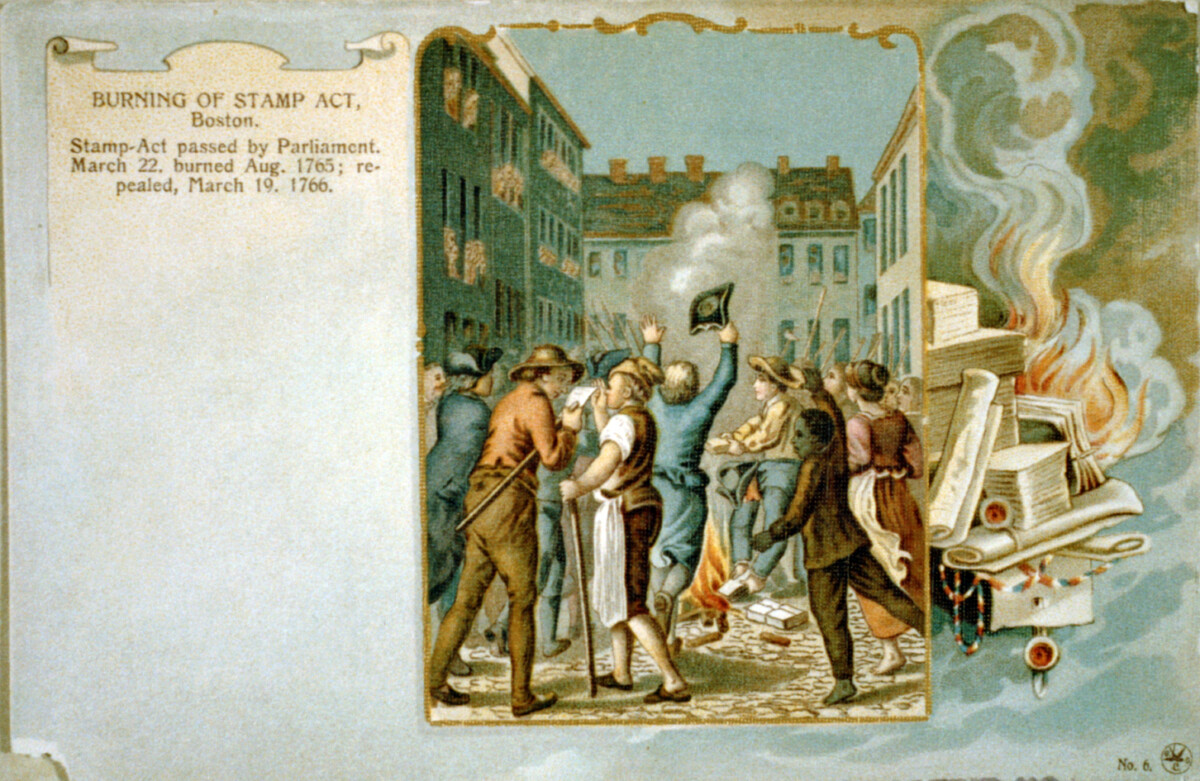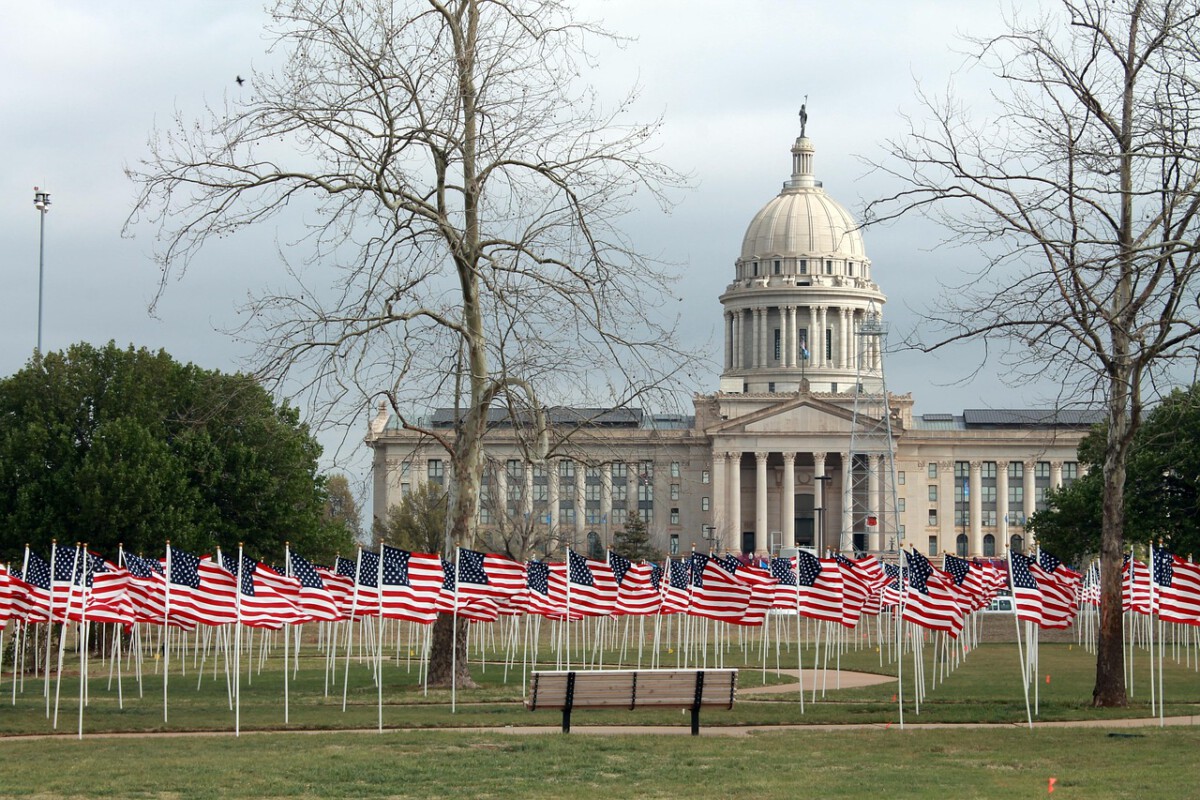The Sugar Act of 1764: Britain’s First Revenue Strike

The Sugar Act of 1764 marked the beginning of Britain’s systematic attempt to extract revenue from the American colonies. The act was passed by Parliament on 5 April 1764, and it arrived in the colonies at a time of economic depression. The British government, drowning in debt from the Seven Years’ War, desperately needed new sources of income. Grenville faced the problem of not only paying for these troops but servicing the national debt. The debt grew from £75,000,000 before the war to £122,600,000 in January 1763, and almost £130,000,000 by the beginning of 1764.
The Sugar Act didn’t just impose new taxes—it fundamentally changed how Britain enforced colonial trade. Sweeping changes were made to colonial import and export controls, making it much harder to evade taxes on imported goods. For example, ship captains had to maintain a detailed log of their boat’s cargo, and a ship’s cargo could be seized by the British if they did not follow customs rules. Colonial merchants found their profit margins squeezed as the British cracked down on smuggling operations that had flourished for decades.
The Stamp Act Crisis: When Paper Became Political

The Stamp Act of 1765 crossed a line that previous taxes had not dared to cross. The Stamp Act of 1765 was the first internal tax levied directly on American colonists by the British Parliament. The act, which imposed a tax on all paper documents in the colonies, came at a time when the British Empire was deep in debt from the Seven Years’ War (1756-63). Unlike the Sugar Act, which was a trade duty, this was a direct tax on colonial life itself.
The colonists’ reaction was immediate and violent. The most famous popular resistance took place in Boston, where opponents of the Stamp Act, calling themselves the Sons of Liberty, enlisted the rabble of Boston in opposition to the new law. This mob paraded through the streets with an effigy of Andrew Oliver, Boston’s stamp distributor, which they hanged from the Liberty Tree and beheaded before ransacking Ol. The fury spread across the colonies like wildfire.
In mid-October 1765, twenty-seven delegates from nine colonies met in New York City at what comes to be known as the Stamp Act Congress. On 19 October, the congress adopts fourteen resolutions, which it promptly forwards to King and Parliament. This was the first time the colonies had coordinated their resistance to British authority.
The Quartering Act: Soldiers in Our Homes

The Quartering Act of 1765 struck at the heart of colonial privacy and property rights. The British further angered American colonists with the Quartering Act, which required the colonies to provide barracks and supplies to British troops. This wasn’t just about money—it was about the fundamental principle of consent.
Colonial families found themselves forced to house British soldiers in their own homes. The act violated what colonists considered basic English rights about the sanctity of private property. The Quartering Act required the housing of troops in unoccupied buildings and homes. For many colonists, this felt like living under military occupation rather than being protected by their own government.
The Townshend Acts: Taxing Everything

After the Stamp Act’s repeal, British Chancellor of the Exchequer Charles Townshend thought he had found a clever solution. The Townshend Acts passed by Parliament in 1767 and imposing duties on various products imported into the British colonies had raised such a storm of colonial protest and noncompliance that they were repealed in 1770. These duties on glass, lead, paints, paper, and tea seemed less threatening than the Stamp Act because they were external taxes on imports.
However, colonists saw through this distinction. They organized boycotts and non-importation agreements that crippled British trade. Instead of silencing dissent, the Townshend Acts only reinvigorated it. In March 1770, violence broke out in the colonies when British troops fired on an angry mob in the Boston Massacre. The economic pressure from colonial boycotts forced Britain to repeal most of the Townshend duties, but they kept the tax on tea as a symbol of their authority.
The Boston Massacre: Blood on King Street

On March 5, 1770, tensions between British soldiers and Bostonians exploded into violence. Bostonians and British sentries guarding the Boston Customs House had a conflict on March 5, 1770, which became known as the Boston Massacre. Soldiers shot into the crowd after one of them was struck by a snowball, in spite of orders to not fire. What started as harassment turned deadly when British troops opened fire on an unarmed crowd.
Crispus Attucks, an escaped slave, risked his freedom to lead the attack on the soldiers. He was one of the men who died in the conflict, and became a symbol of patriotism. Five colonists died that day, but the event’s impact went far beyond the casualties. Colonial propagandists, led by Samuel Adams, used the massacre to inflame anti-British sentiment throughout the colonies.
The legal aftermath proved equally explosive. John Adams, despite his patriot sympathies, defended the British soldiers in court, believing in the principle of fair trial. Most soldiers were acquitted, but the damage to British-colonial relations was irreparable. The Boston Massacre became a rallying cry for colonial resistance.
The Tea Act: Corporate Monopoly Meets Colonial Fury

The Tea Act of 1773 seemed harmless enough—it actually lowered the price of tea for colonists. By reducing the tax on imported British tea, this act gave British merchants an unfair advantage in selling their tea in America. American colonists condemned the act, and many planned to boycott tea. But colonists saw through the economic incentive to the political trap beneath.
The East India Company was in financial crisis, and Parliament designed the Tea Act to bail them out. For these and other reasons, by late 1772 the East India Company, one of Britain’s most important commercial institutions, was in a serious financial crisis. The severe famine in Bengal from 1769 to 1773 had drastically reduced the revenue of the East India Company from India bringing the Company to the verge of bankruptcy and the Tea Act of 1773 was enacted to help the East India Company. Colonial merchants realized they were being squeezed out of the profitable tea trade.
The act gave the East India Company a virtual monopoly on tea sales in America, bypassing colonial merchants entirely. This threatened the economic livelihood of colonial traders and demonstrated Britain’s willingness to sacrifice colonial interests for the benefit of British corporations. The stage was set for the most famous act of defiance in American history.
The Boston Tea Party: Rebellion in the Harbor

On December 16, 1773, Boston exploded. Boston Tea Party, (December 16, 1773), incident in which 342 chests of tea belonging to the British East India Company were thrown from ships into Boston Harbor by American patriots disguised as Mohawk Indians. The Americans were protesting both a tax on tea (taxation without representation) and the perceived monopoly of the East India Company. What had been simmering tension boiled over into open rebellion.
The planning was meticulous. When the tea ship Dartmouth finally laid anchor in Boston Harbor in late November 1773, thousands of people descended on the Old South Meeting House on the corner of Milk Street. Led by Samuel Adams and the Sons of Liberty, the people passed a resolution to compel Dartmouth’s captain to return the tea to England and appointed 25 men to keep watch over the wharf. When Governor Hutchinson refused to let the ships leave without paying duties, the colonists took matters into their own hands.
Later that evening, 30 to 130 men—most of whom belonged to the Sons of Liberty—boarded the three tea ships. Some disguised themselves as Mohawk warriors to conceal their identities. They pried open the 342 chests with axes and dumped the tea overboard into the water. The economic loss was staggering—This was a large loss for the East India Company. The tea was worth well over $1,000,000 today.
The Intolerable Acts: Punishment Without Mercy

Britain’s response to the Boston Tea Party was swift and harsh. Most members of the British Parliament were furious when they learned of the Boston Tea Party. Their response was swift and harsh. In early 1774, Parliament passed several acts collectively known as the Coercive Acts. The colonists had a different name for them—the Intolerable Acts.
The punishment was designed to isolate Massachusetts and terrify other colonies into submission. The Boston Port Act closed the harbor to trade until restitution was made for the tea. The Massachusetts Government Act banned town meetings and placed the legislature under greater royal control. The Impartial Administration of Justice Act allowed British officials to be tried in England for capital crimes, escaping colonial justice and local juries. Boston’s economy ground to a halt as ships sat empty in the harbor.
Instead of intimidating other colonies, the Intolerable Acts backfired spectacularly. From New England to the lower South, the Coercive Acts galvanized colonists against a common foe. As Washington asserted, “the cause of Boston . . . now is and ever will be considered as the cause of America.” The members of the Virginia House of Burgesses concurred. What Britain intended as punishment became a rallying cry for colonial unity.
The First Continental Congress: Unity in Defiance

The Intolerable Acts achieved something that years of colonial resistance had not: genuine unity among the thirteen colonies. In response to Boston’s affliction, colonists across America united in their opposition of the Coercive Acts. In September 1774, delegates from twelve of the thirteen colonies convened in Philadelphia for the Fir. This was the first time representatives from nearly all the colonies gathered to coordinate resistance.
The First Continental Congress met for seven weeks in Philadelphia’s Carpenter’s Hall. Delegates debated everything from economic boycotts to military preparation. The measures became the justification for convening the First Continental Congress later in 1774. They created the Continental Association to coordinate boycotts and established mechanisms for colonial cooperation that would prove crucial in the coming war.
The Congress issued the Declaration of Rights and Grievances, which laid out colonial complaints against British policy. They agreed to stop importing British goods and to cease all exports to Britain if their grievances weren’t addressed. More importantly, they agreed to meet again in May 1775 if Britain didn’t change course.
The Point of No Return: When Compromise Died

By 1774, the relationship between Britain and the colonies had fundamentally changed. It showed Great Britain that Americans would not tolerate taxation and tyranny sitting down, and rallied American patriots across the 13 colonies to fight for independence. What had begun as disputes over specific policies had evolved into a fundamental disagreement about the nature of government itself.
The end of the Stamp Act did not end Parliament’s conviction that it had the authority to impose taxes on the colonists. The British government coupled the repeal of the Stamp Act with the Declaratory Act, a reaffirmation of its power to pass any laws over the colonists that it saw fit. Britain refused to acknowledge colonial claims to self-government, while colonists increasingly rejected British authority entirely.
The language of resistance had evolved from legal arguments to revolutionary rhetoric. Colonists no longer spoke of their rights as Englishmen but of their natural rights as human beings. The intellectual foundation for independence was laid through a decade of escalating conflict over taxation and representation.
The Final Spark: Lexington and Concord

The turning points of the American Revolution culminated in the spring of 1775. Less than two years later, on April 19, 1775, the Battles of Lexington and Concord, also in Massachusetts, launched the eight-year American Revolutionary War between the British and the Thirteen Colonies, which ultimately prevailed, securing their independence and the establishment of the sovereign United States of America. The long train of provocations and resistance had finally reached its destination.
British General Thomas Gage, military governor of Massachusetts, decided to seize colonial military supplies stored in Concord. But the colonists had been preparing for this moment for months. Paul Revere and other riders spread the alarm, and colonial militias mobilized to confront the British troops. Britain didn’t capitulate and within months, the “shot heard round the world,” rang out in Concord, Massachusetts, sparking the start of the American Revolutionary War.
The battles at Lexington and Concord transformed a political crisis into a military conflict. Colonial resistance had evolved from protests and boycotts to armed rebellion. The turning points that had been building for over a decade finally converged into the moment when compromise was no longer possible, and America began its journey toward independence.
The Revolutionary Legacy: How Turning Points Shaped a Nation

The turning points that sparked the American Revolution created more than just a new nation—they established principles that would define American political culture for centuries. The colonists’ insistence on “no taxation without representation” became the foundation for American democracy. Their resistance to arbitrary government power shaped the Constitution and Bill of Rights.
Each crisis built upon the previous one, creating a spiral of escalation that made reconciliation increasingly impossible. The Sugar Act introduced the principle of taxation for revenue rather than regulation. The Stamp Act challenged colonial self-government. The Tea Act threatened colonial economic independence. The Intolerable Acts destroyed any remaining trust between Britain and America.
The genius of the American Revolution lay not in any single dramatic moment, but in the accumulation of grievances and the colonial response to them. The issues of taxation and representation raised by the Stamp Act strained relations with the colonies to the point that, 10 years later, the colonists rose in armed rebellion against the British. The issues raised by the Stamp Act festered for 10 years before giving rise to the Revolutionary War and, ultimately, American independence. What began as disputes over specific policies evolved into a fundamental challenge to the entire structure of imperial authority.
Did you expect that a tax on sugar and stamps would ultimately lead to the birth of a new nation? The turning points that sparked the American Revolution remind us that even the most powerful empires can crumble when they lose the consent of the governed.





